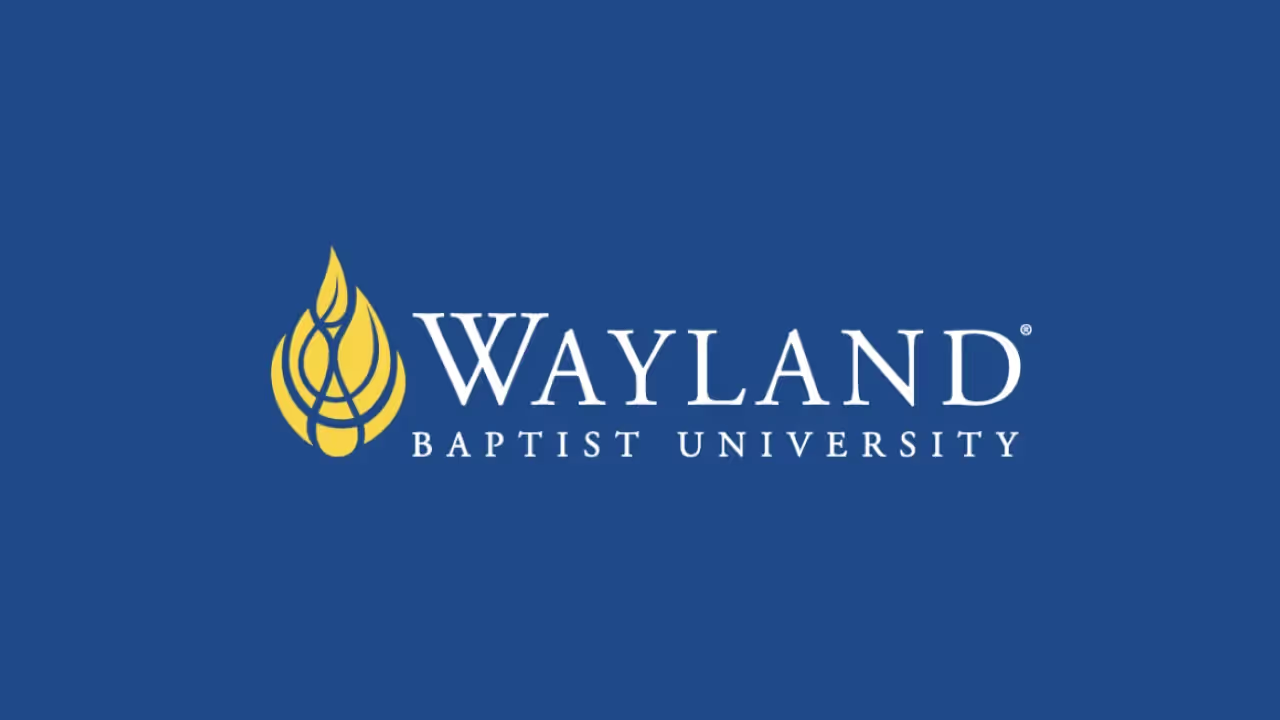Unlocking Value: How Colleges Can Boost Enrollment with Smarter Financial Aid Strategies

Many colleges and universities struggle to communicate the value of their academic programs to students and families. This can be attributed to not quantifying and promoting return on investment, student price sensitivity, and overly complicated cost and scholarship structures.
Sallie Mae’s annual national study How America Pays for College, shows that 45% of families believe that scholarships are only available to exceptional students, while in reality 60% of families ended up using scholarships to pay for college. Additionally, 86% of students said that they eliminated colleges from consideration based on cost alone after being admitted, but before receiving financial aid letters. Families are not informed on the availability of institutional and private scholarships.
When working with institutions across the country, we see that high tuition rates with large scholarships (equating to large discount rates defined as the proportion of the cost of attendance that is covered by scholarships and grants), on average result in lower enrollment. Our analysis of nationwide market data analysis confirms this trend. Families do not understand what their actual out-of-pocket cost will be until much too late in the process. There are higher enrollment rates on average for universities with lower tuition rates and smaller discounts. Families are making enrollment decisions on published price rather than net price early in the funnel.

Figure 1 This is a box plot of the distribution of discount rate by enrollment yield rate for private universities in the Great Lakes and Midwest Region. Each box represents a decile or 10% of the selected market so there are an equal number of schools per box. Your University represents how you would visualize your institution's position in the market.
We believe this is due to three primary factors. The first being the institution has not determined optimal price sensitivity points differentiated on both student merit and individual student financial need. The second, and more easily addressed challenge, is that students do not understand what they will actually pay until much too late in the enrollment process. The third factor is that the institution has not clearly identified or communicated the types of students that they should strategically enroll and support. An example of this is an institution that is naturally more inclined to enroll rural students, but has not made this a strategic initiative or a foundation of their brand.
SightLine, a data analytics company focusing on using data to increase enrollment, retention, and net revenue is partnering with Meadow, a company who developed a modern net price calculator so that students know what they will pay earlier in the process, leading to higher enrollment. Together we are addressing all three of these top challenges that university enrollment and financial aid leaders are facing.
Solution 1 – Financial Aid Leveraging
First, we make sure that students are being offered competitive award packages, without sacrificing on university revenues. We optimize each student’s out-of-pocket cost based on need, merit, and other qualifications.
SightLine views financial aid optimization, or leveraging, from a holistic lens. We go through steps to analyze market level data, using benchmarking to understand where each institution sits in the market. This helps us identify strengths for differentiation, as well as key areas of focus for improvement. We develop a student level enrollment model to identify the top factors driving enrollment at each institution we work with. Lastly, we test various scholarship awarding scenarios to meet enrollment and revenue goals.
This allows us to optimize need-based aid awarding to make sure the institution is supporting students with the most financial need. We can then leverage merit-based aid and supplemental strategic awarding to curate and shape the class.
Solution 2 – The Modern Net Price Calculator
Second, we ensure that students know what college will cost them after grants, aid and scholarships before they even apply. While all colleges are required to have a net price calculator, few use one strategically - not surprising since most were designed with compliance, not usage, in mind.
Meadow works closely with each school over the course of two months to configure a net price calculator that meets their needs and accurately reflects the net price for every student - full-time, part-time, online and across different campuses and programs. As a result of extensive user testing we have designed a calculator with a 70%+ completion rate and 95% accuracy pegged to IPEDS and/or the Common Data Set. MeadowPrice is easy for students to use, mobile first and available in English and Spanish so that every student has equal access to information which, given the price sensitivity of first generation and historically marginalized students can have a significant impact on enrollment numbers.
When students understand the breadth of options open to them, the aid they will receive and the true out of pocket cost they will pay, they are more likely to apply and enroll.
Solution 3 – Publishing Strategic Scholarships and Support Programs
In addition to communicating scholarship opportunities up front through Meadow’s net price calculator, we advise colleges and universities on how they communicate strategic or supplemental awards online or through award letters. We use findings from our enrollment modeling, identifying student segments that are more likely to be interested in your institution and find ways to build that into the existing university brand. We also take the time for randomized student interviews to hear directly from them. Combining data analysis findings with the student voice is a great way to better understand your students and strengthen your brand, increasing enrollment and student success.
SightLine and Meadow are dedicated to increasing price transparency for colleges and universities of all sizes. To learn more, contact us to learn more.
Ready to get started?
Get in touch with our team today.



